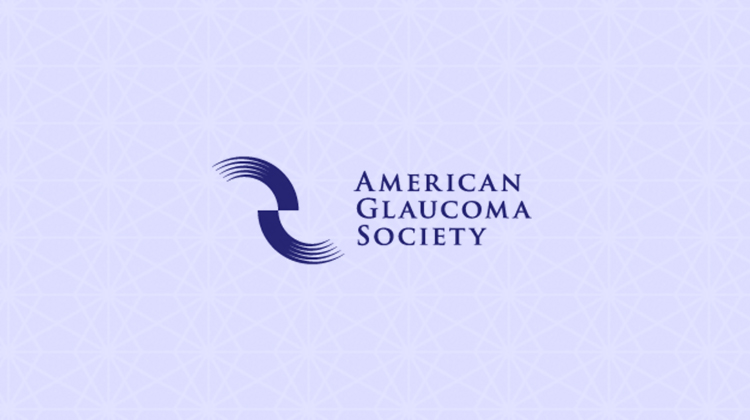Highlights from AGS: New Surgical Devices, Novel Therapeutics

This year’s American Glaucoma Society annual meeting feted novel medications designed to lower intraocular pressure (IOP) in patients with glaucoma. To date, available medications and surgery are designed to treat one of the primary risk factors – elevated IOP. But they are not designed to directly target the underlying degeneration that’s causing the vision loss.
But a great deal of discussion also centered around the neurodegeneration of the retinal ganglion cells leads that leads vision loss.
“We have this panoply of different drops, implants, surgeries, different ways to lower the eye pressure. We know that lowering the eye pressure, in the end, helps slow down the disease, slow down the degeneration. If there were an eye pressure drug, like an eye pressure drop, that in addition to lowering eye pressure, also directly stimulated the survival and/or regeneration of the retinal ganglion cells and their axons, it would offer a dual-mode effect, a belt-and-suspenders kind of approach,” said Jeffrey Goldberg, MD, professor and chair of ophthalmology, Stanford University, who presented on a combined Rho-associated protein kinase (ROCK) and norepinephrine transporter (NET) ophthalmic solution that is currently under FDA review: Aerie Pharmaceuticals’ Rhopressa (netarsudil ophthalmic solution 0.2%, formerly known as AR-13324). Dr. Goldberg’s research was supported in part by Aerie.
Goldberg noted that “it would be fantastic if we had any drug that directly treated the degeneration of the disease,” but there is little evidence to suggest any currently known drug has that ability. He does, however, believe that ROCK inhibitors and other classes of compounds are showing “strong promise” for neuroprotection, regeneration, and vision restoration in glaucoma.
With the crowded field of drugs competing for attention from physicians, patients, and payers, if one eyedrop also conferred a neuroprotective or even regenerative capacity, that compound would have a great market advantage, and that’s what Aerie is banking on with Rhopressa.
Dr. Goldberg’s group performed an optic nerve crush on young rats and applied Rhopressa or placebo three times daily for 10 days. The researchers found the compound lowered IOP as expected, but that retinal ganglion cell survival and optic nerve axon regeneration “were significantly higher” in the treated group compared with placebo. The data also suggested that topical administration of Rhopressa may have associated molecular changes indicative of posterior drug activity, he said.
Goldberg cautioned that what works in animal studies may not work in humans. “We have to test these data in a larger animal with an eye more like a human; that would be the most plausible next step,” he said, to determine if the rat findings can be confirmed.
“Is this survival and regeneration effect in the optic nerve trauma model also seen in a glaucoma model?” Dr. Goldberg questioned, indicating a direction for future investigation. And researchers need to determine the durability of the effect, he said.
“Our initial studies were short term. We really need to know about the long term. How long is the effect sustained?” he asked.
Is there a future to move such testing of neuroprotective or regenerative compounds to human trials? Goldberg believes there is.
“The time has arrived to start testing candidate neuroprotective therapies in glaucoma,” he said.
Reference:
Topical administration of a ROCK/NET inhibitor promotes retinal ganglion cell survival and axon regeneration
http://ags.planion.com/Web.User/AbstractDet?ACCOUNT=AGS&CONF=ABS2016&ABSID=10959
